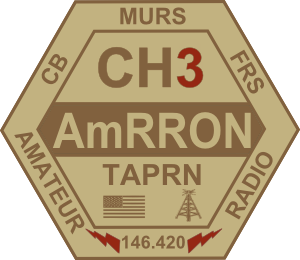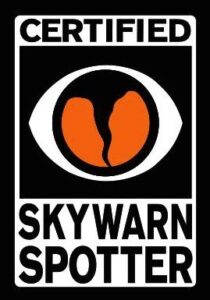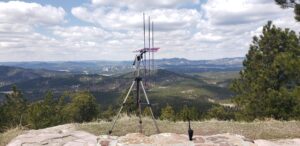Where do my signals go when they leave the antenna? Often times it’s a mystery, however I occasionally like to see where they go.
Using the software called WSJT-X, I can use the WSPR mode to solve the mystery. WSPR, commonly referred to as “Whisper” is an acronym for Weak Signal Propagation Reporter.
WSPR is a protocol, implemented in a computer program, used for weak-signal radio communication between amateur radio operators. It sends a message containing the station’s callsign, Maidenhead grid locator, and transmitter power in dBm.
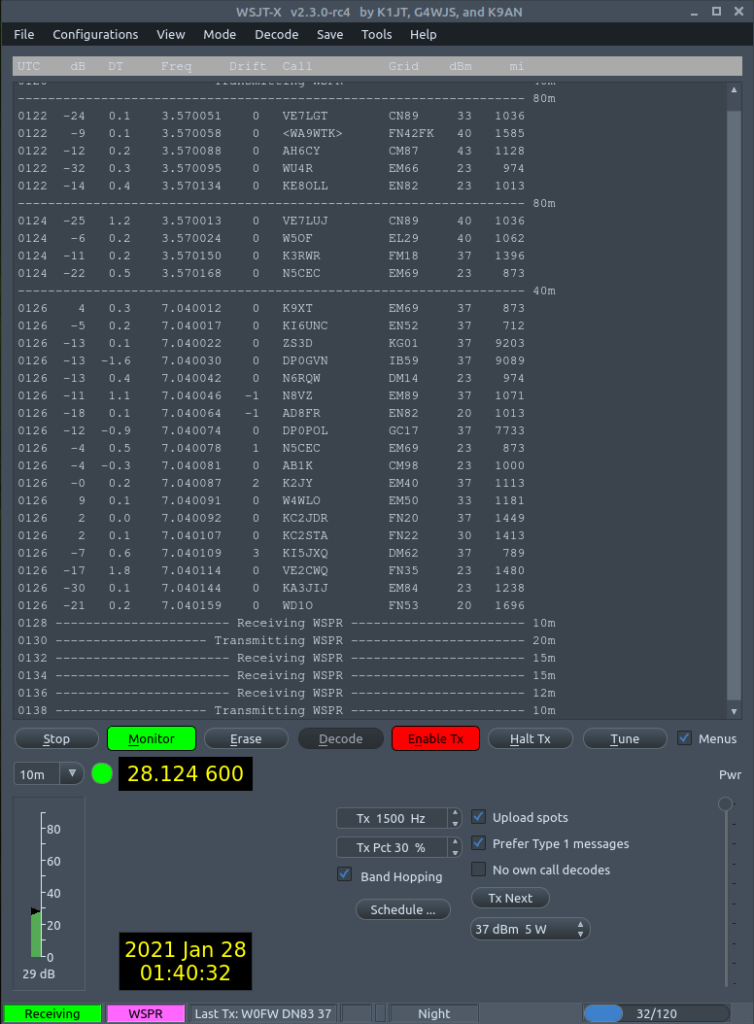
I occasionally wonder where my signal goes. Therefore, I use WSPR to conduct a test to answer that question. I recently conducted a 12 hour test using the band hopping feature in the software. The test used 80 meters, 40 meters, 20 meters, 15 meters, 12 meters, and 10 meters.
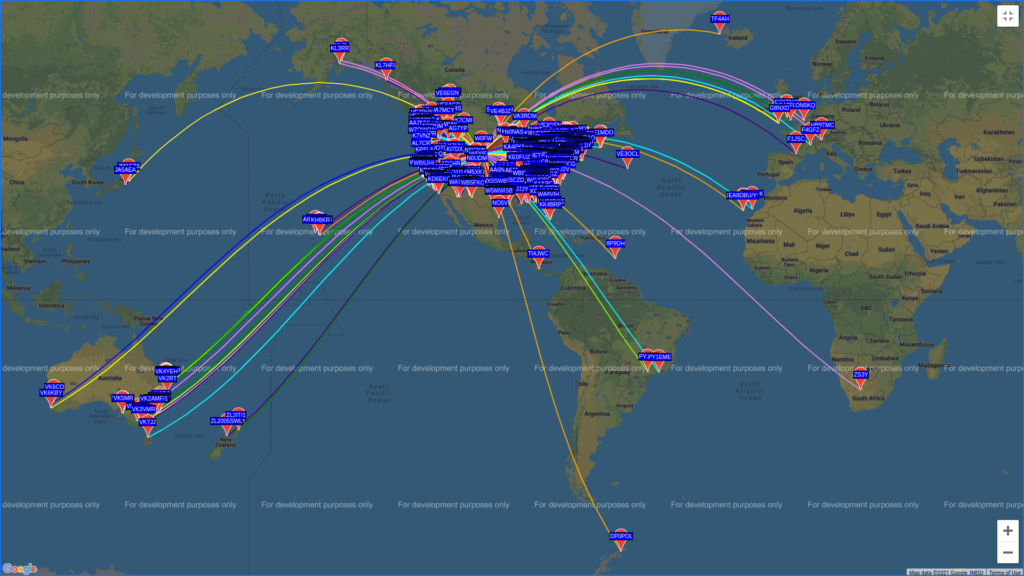
During this 12 hour tests on 6 different bands, I can see that my 5 watt signals traveled pretty far. The majority are located in the US, but many made it overseas.
I used my Kenwood TS-590SG set at 5 watts for this test. The band hopping feature was implemented within the software. I used a 30% transmit time for this test.
The results are in
The final results were quite interesting. WSPRnet reported 4401 “spots” of my beacons from 335 unique stations. Perhaps the most interesting spot was from DP0POL, a German research vessel named “Polarstern” on assignment in Antarctica.
Weak signal propagation does not always translate into usable propagation for other operating modes such as CW, SSB or other digital modes. It can however, provide you with some idea of where the majority of your signals go. This is useful information to help determine the radiating pattern of an antenna.
Where do my signals go when they leave the antenna? This test says they go around the world which is perfect if you are looking for that rare DX.


